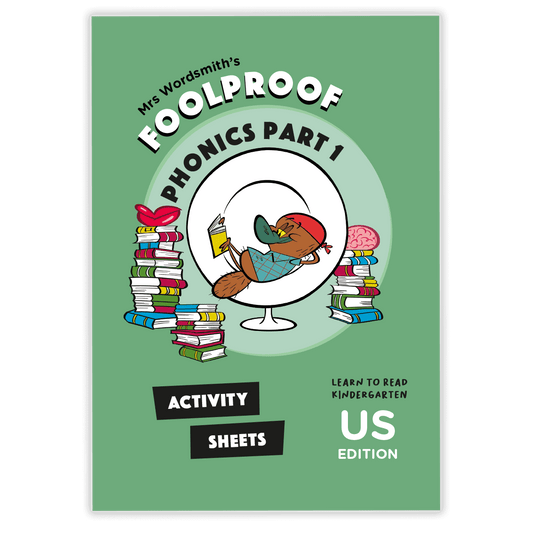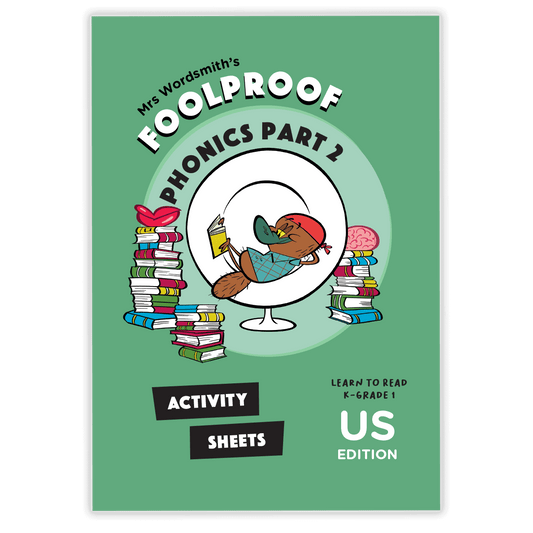According to research, children learn better visually, and not only those with a visual learning style. Illustrations are such an effective way to learn because visualization helps to clarify meaning while making new words more memorable, and more fun.
Table of Contents:
- Studies focused specifically on vocabulary learning show that illustrations increase children’s interest and motivation, and foster engagement.[1], [2]
- Illustrations also lead to better interpretation and retention of newly acquired content. [3] This is because when we see an image that’s a reflection of what we hear, a deeper and more meaningful representation of the concept is created.
- Moreover, visual content can come to the rescue when the verbal working memory is overloaded.
Learning abstract words
Words such as immersive, prosperous, pioneering, conscientious that are abstract, descriptive adjectives are more challenging for children to learn than concrete nouns (such as table or apple) because you can't point to an object and say 'this is called immersive'. Their abstract meaning makes such descriptive words more difficult to grasp.[4]
- This is why we teach these words through the power of illustrations, ensuring that children will grasp the meaning while also having fun.
- What's more, our illustrations feature relatable, larger-than-life characters because such characters are proven to be perfect vehicles for learning [5]. Lovable characters improve engagement with - and retention of - educational content.
This type of multimedia learning (the combination of words and visuals) can be particularly helpful for very young children, easily-distracted children, children without enough learning opportunities, and second language learners.
Hilarious illustration is at the heart of everything we do. To make the most of Mrs Wordsmith resources, take time to enjoy our illustrations as a family — talk about what you see and what makes it funny — this will help the meaning stick. Check out our illustrations for yourself!











 https://mrswordsmith.com
https://mrswordsmith.com
Comment
Leave a comment